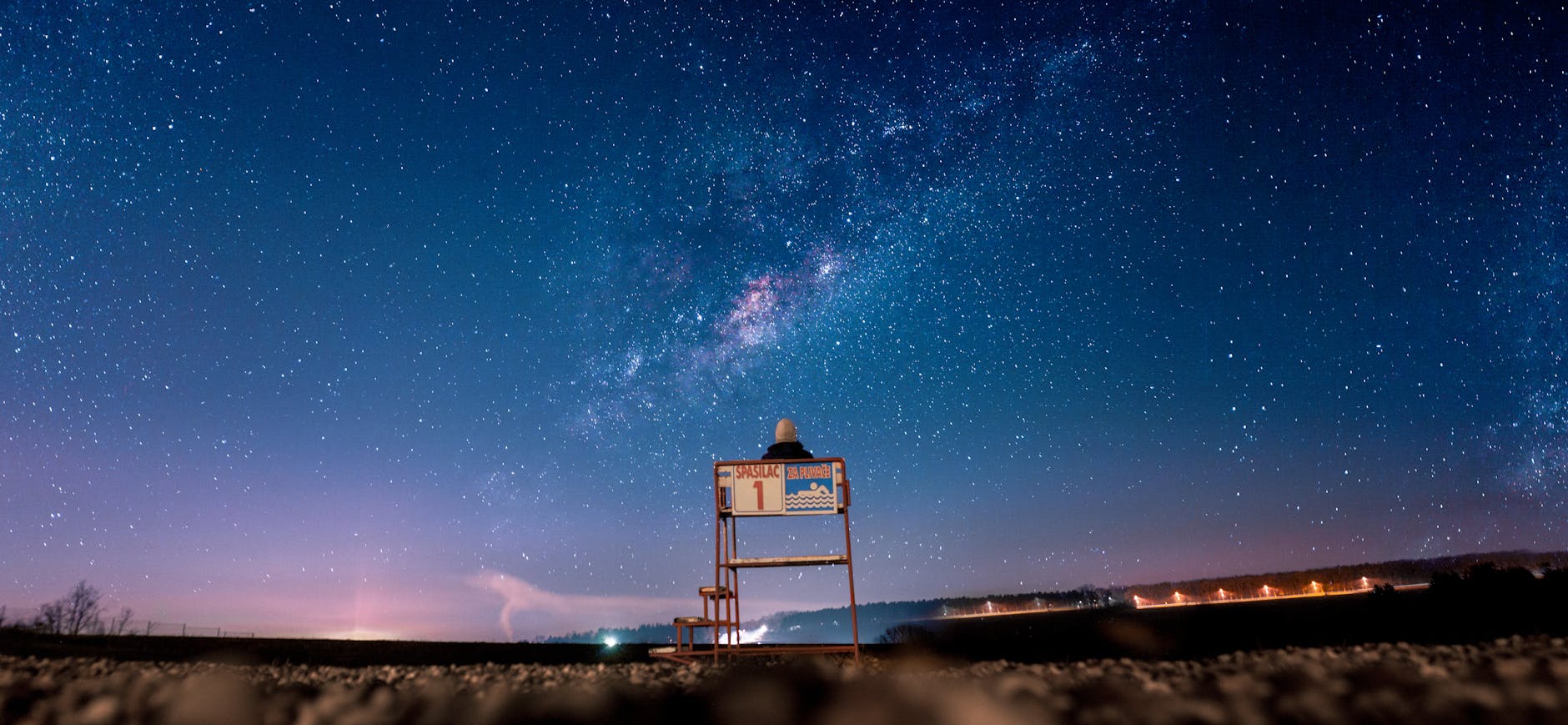Why Australia's Conservation Efforts Set a Global Example

Innovative Wildlife Management
In the heart of Western Australia, innovative wildlife management is a key focus, much like the preservation efforts you would witness while exploring the lush expanse of Kings Park and Botanic Garden. Here, habitat restoration projects lay the groundwork for rejuvenating native ecosystems. These initiatives often involve replanting native flora and removing invasive species to foster a thriving environment for local wildlife. Such programs demonstrate a commitment to biodiversity and ecosystem health, echoing the strategies used in central america travel for ecological preservation.
Specific programs target threatened species unique to Australia. These initiatives take into account the delicate balance needed to support species like the Western Swamp Tortoise and the Woylie, while managing factors that threaten their survival. Efforts include breeding programs in controlled environments, followed by careful reintroduction into the wild.
Controlling invasive species remains an ongoing challenge requiring creative solutions. By integrating methods like biological control and public engagement, these programs aim to mitigate the impact of non-native species. Imagine taking part in cuba tours and encountering firsthand the parallel conservation challenges faced in diverse ecosystems.
Ultimately, these strategies not only safeguard Australia's unique wildlife but also set a benchmark for global conservation, much like africa tours that highlight sustainable safari practices. This venture into innovative wildlife management empowers everyone to contribute to a more sustainable future, ensuring our natural heritage endures for generations to come.
Marine Conservation Initiatives
Australia stands as a beacon of marine conservation, underscored by its strategic protection of the Great Barrier Reef. In my visits to Swan River trails, I find solace in knowing how local initiatives mirror larger efforts. Sustainable fishing regulations are crucial, aiming to maintain marine biodiversity while supporting local economies. These regulations help manage fish stocks, prevent overfishing, and ensure that future generations can also marvel at marine life.
Furthermore, the establishment of marine protected areas is pivotal. These sanctuaries serve as safe havens for countless species, shielding them from human interference and allowing ecosystems to flourish. This approach not only fosters biodiversity but also boosts ecotourism, drawing visitors keen to experience pristine natural environments.
For those passionate about conservation, participating in south africa tours can offer a firsthand look at global conservation practices. Such experiences enrich understanding and inspire actions back home. Adventure awaits in central american tours, where ecotourism meets vibrant culture, offering yet another lens through which to view environmental stewardship.
Through these efforts, we learn practical steps to preserve marine life globally. By implementing strategies from africa safari experiences or local conservation insights, everyone can contribute to a sustainable future.
Community Involvement
Indigenous Collaboration
Incorporating Indigenous knowledge into conservation strategies enriches our understanding of Australia's unique ecology. Drawing parallels with the expertise seen in Kenya tours, traditional custodians of the land bring invaluable insights into sustainable resource management. Their profound connection to the environment informs approaches to restoration and biodiversity protection. Indigenous ranger programs, for instance, are pivotal in managing natural habitats, allowing us to adopt methods deeply rooted in hundreds of years of stewardship.
Volunteer Programs
Grassroots movements allow everyday Aussies to contribute meaningfully to conservation efforts. Volunteering in wildlife initiatives not only aids preservation but also fosters a communal culture of environmental stewardship. Programs often include activities like habitat clean-ups and species monitoring, offering hands-on experiences that strengthen participants' roles as eco-citizens. This collaborative spirit echoes the communal efforts found in an African safari, where conservation is a shared endeavour between tourists and locals.
Public Awareness Campaigns
Effective awareness campaigns are fundamental to galvanising public interest in wildlife conservation. Visual storytelling, using platforms akin to exhibitions at the WA Museum Boola Bardip, can vividly depict the challenges and triumphs faced in ecological preservation. Educational drives emphasise the importance of preserving native flora and fauna, encouraging behavioural changes. By fostering a deeper appreciation of our natural heritage, these initiatives cultivate a society that prioritises ecological balance, enhancing both understanding and proactive conservation efforts.
Government Policies and Legislation
Environmental Protection Acts
As a wildlife educator based in Perth, one of the key elements I highlight is Australia's comprehensive approach to environmental protection through significant legislation. The Environmental Protection Act forms a cornerstone of our nation's efforts, safeguarding diverse ecosystems and ensuring sustainable interactions with our natural world. This act is crucial for maintaining biodiversity and facilitating wildlife preservation strategies, such as those practiced in a zimbabwe safari, where conservation efforts are closely integrated with community involvement and sustainable tourism practices.
Climate Action Plans
Australia's Climate Action Plans are vital in addressing the urgent need for environmental stewardship. These plans aim to reduce carbon emissions and promote renewable energy sources, thus supporting both local and global conservation efforts, similar to those found in a kenya safari. By setting ambitious targets and fostering international collaboration, Australia works towards a sustainable future, mirroring the innovative practices seen along the Swan River trails.
Funding for Research
Research funding is indispensable in deepening our understanding of ecological systems and crafting informed strategies for conservation. With financial support promoted through legislation, research initiatives at places like WA Museum Boola Bardip can thrive, advancing both scientific discovery and public education. These efforts not only fortify the foundations of sustainable tourism but also empower individuals to incorporate conservation-conscious practices into their daily lives.
In our quest to safeguard our environment, it is pivotal that we remain informed about these legislative frameworks, taking proactive steps to support ecological balance and cultural preservation for future generations.
Overcoming Conservation Challenges
Economic Growth vs. Preservation
Balancing the demands of economic growth with the imperative need for wildlife preservation strategies is no small feat. In Perth, one innovative approach is integrating eco-tourism with economic expansion, such as in the renowned Kings Park and Botanic Garden. By promoting sustainable tourism, we not only preserve our biodiversity but also enhance economic opportunities. Local initiatives focusing on green jobs and renewable energy sources are pivotal in aligning itself with ecological responsibility.
Climate Change Adaptation
As climate change continues to impact our environment, adapting our conservation measures becomes crucial. The Swan River trails and other natural landmarks face the threat of rising temperatures and extreme weather events. Implementing climate-smart practices, like restoring native vegetation and protecting urban wetlands, can mitigate these effects. In our region, promoting the use of nature-based solutions enhances the resilience of local wildlife habitats to withstand climate disruptions.
Sustaining Long-term Commitment
Establishing long-lasting conservation efforts requires the collective commitment of government, communities, and individuals. The WA Museum Boola Bardip plays a vital role in educating and inspiring young minds to take action in their daily lives. Simple actions, such as reducing water usage or participating in conservation volunteer programs, can have a significant impact. By fostering a persistent dedication to wildlife conservation, we ensure a sustainable future for generations to come.


